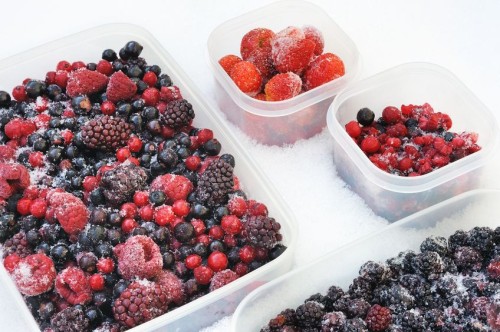As ‘bad’ foods fall, ‘better’ ones rise
 Looking around the grocery aisles these days, it’s hard not to notice the rise of healthier options. Of course, “healthy” is a relative concept, with some consumers adhering to meat-based diets while others opt for plant-based, whole foods diets, but quibbles aside, it’s no secret that food marketers are listening to their customers. Another thing that’s clear: those who don’t adapt will not survive.
Looking around the grocery aisles these days, it’s hard not to notice the rise of healthier options. Of course, “healthy” is a relative concept, with some consumers adhering to meat-based diets while others opt for plant-based, whole foods diets, but quibbles aside, it’s no secret that food marketers are listening to their customers. Another thing that’s clear: those who don’t adapt will not survive.
According to a 2015 Nielsen survey, 90% of respondents said they would be willing to pay more for food that has more health benefits. In fact, the craze is now so all-encompassing, the healthy food and drink market is on track to hit $800 billion in sales by 2021; a truly staggering number considering how close that is to a trillion bucks!
If you can believe it, even confectionery makers are getting in on the action. Companies are now pushing healthier-for-you snacks and candy, from whey-protein gummies to gluten-free licorice.
The End of ‘Big Food’
What precipitated this new shift in consumer behavior? Frankly, it’s the slow death of what some call ‘Big Food.’ The consumer shift towards fresher and more natural foods is striking fear into the big players.
Just a few years ago, traditional packaged goods companies saw their market share drop by a whopping $4 billion. As a result, we are seeing major mergers and acquisitions as established players try to adapt to the changing food landscape.
Adapt or Die
Steve Jobs famously once said: “It isn’t the consumers’ job to know what they want.” And he was absolutely right. Those who saw the landscape shifting early and made changes well in advance are now better positioned for success.
In the end, the increased focus on holistic wellness and the desire for healthier lifestyles will continue to weed out those who don’t adapt. Those who are nimble and first to act? They will be richly rewarded.







